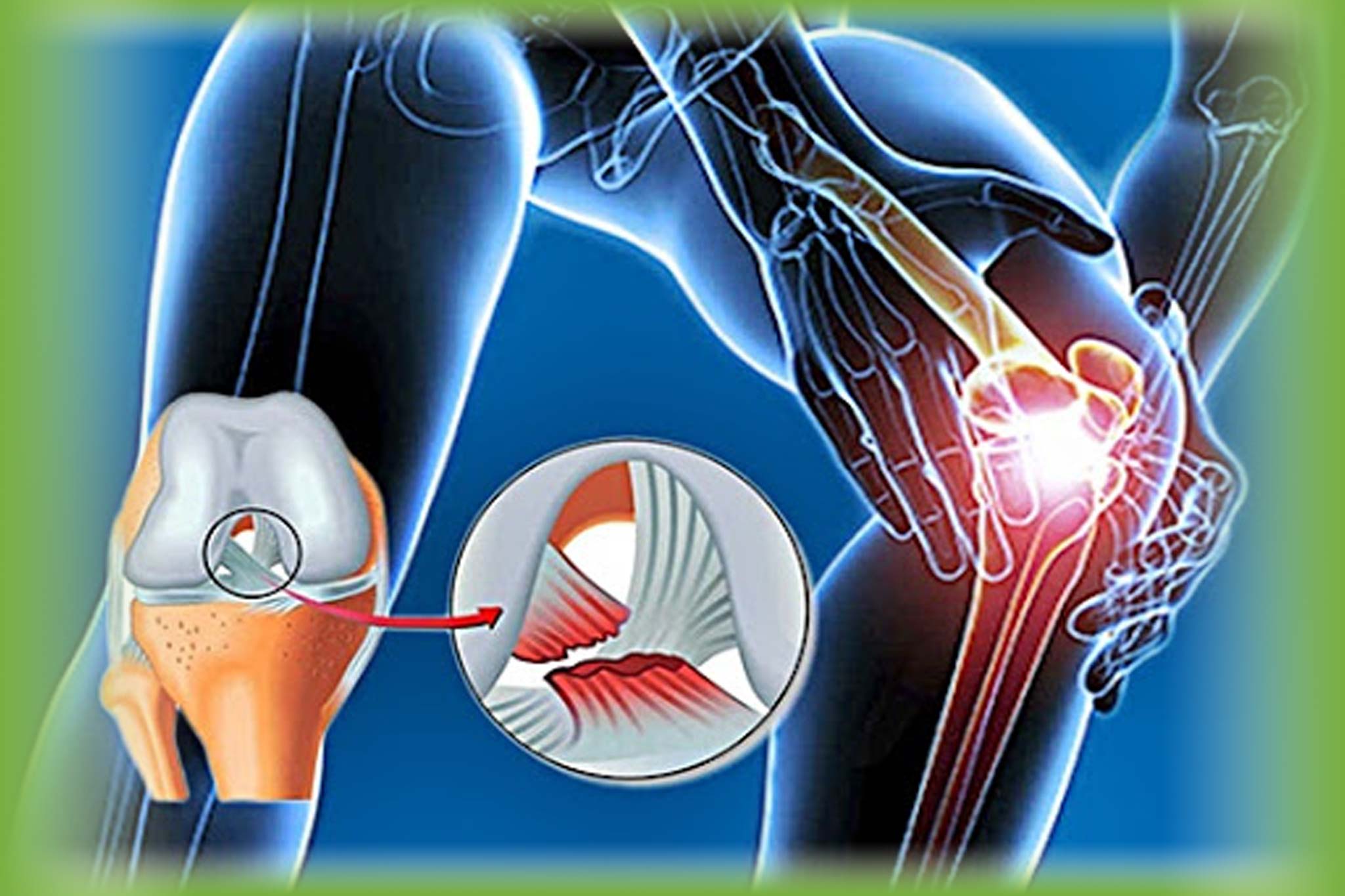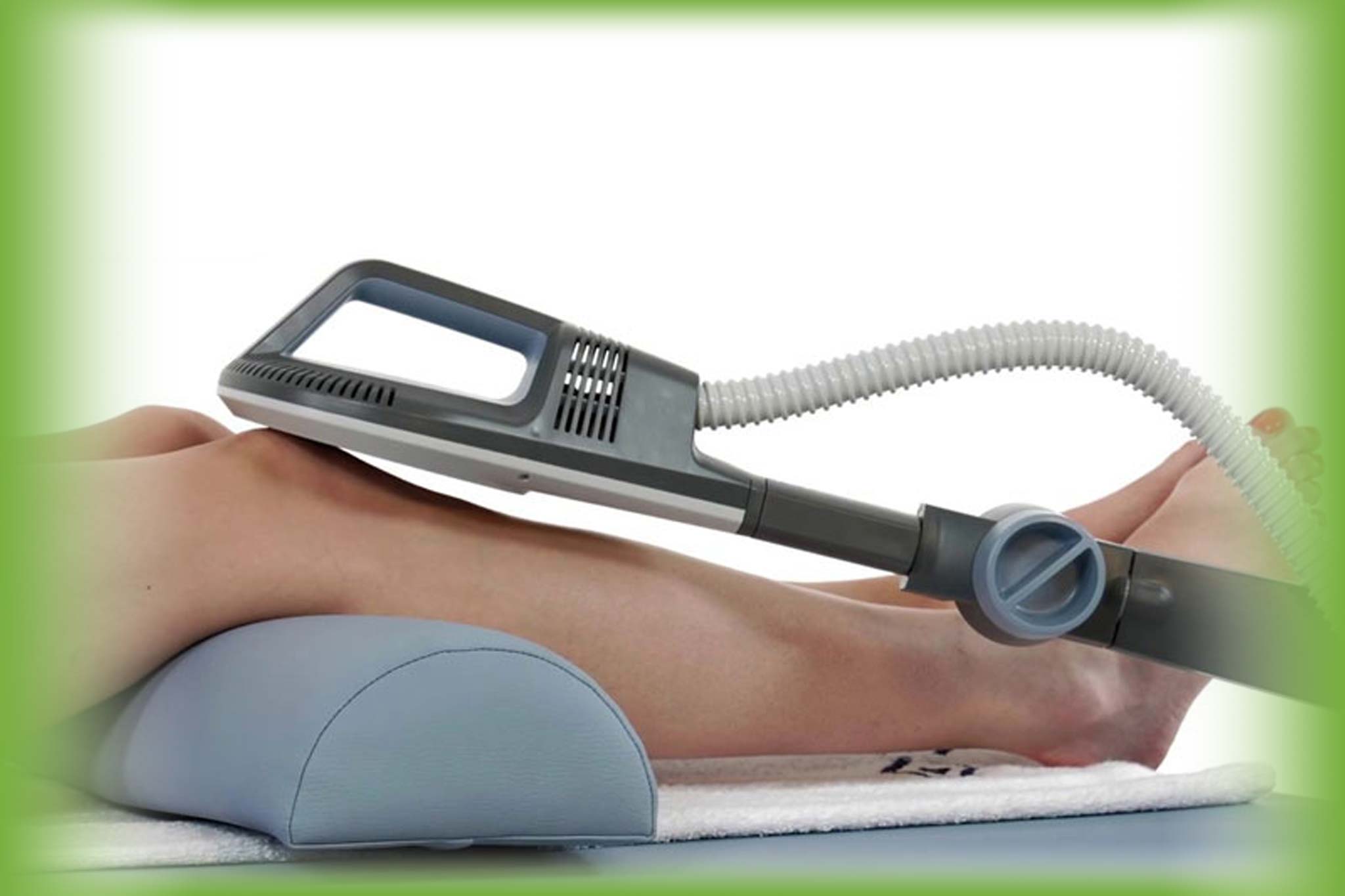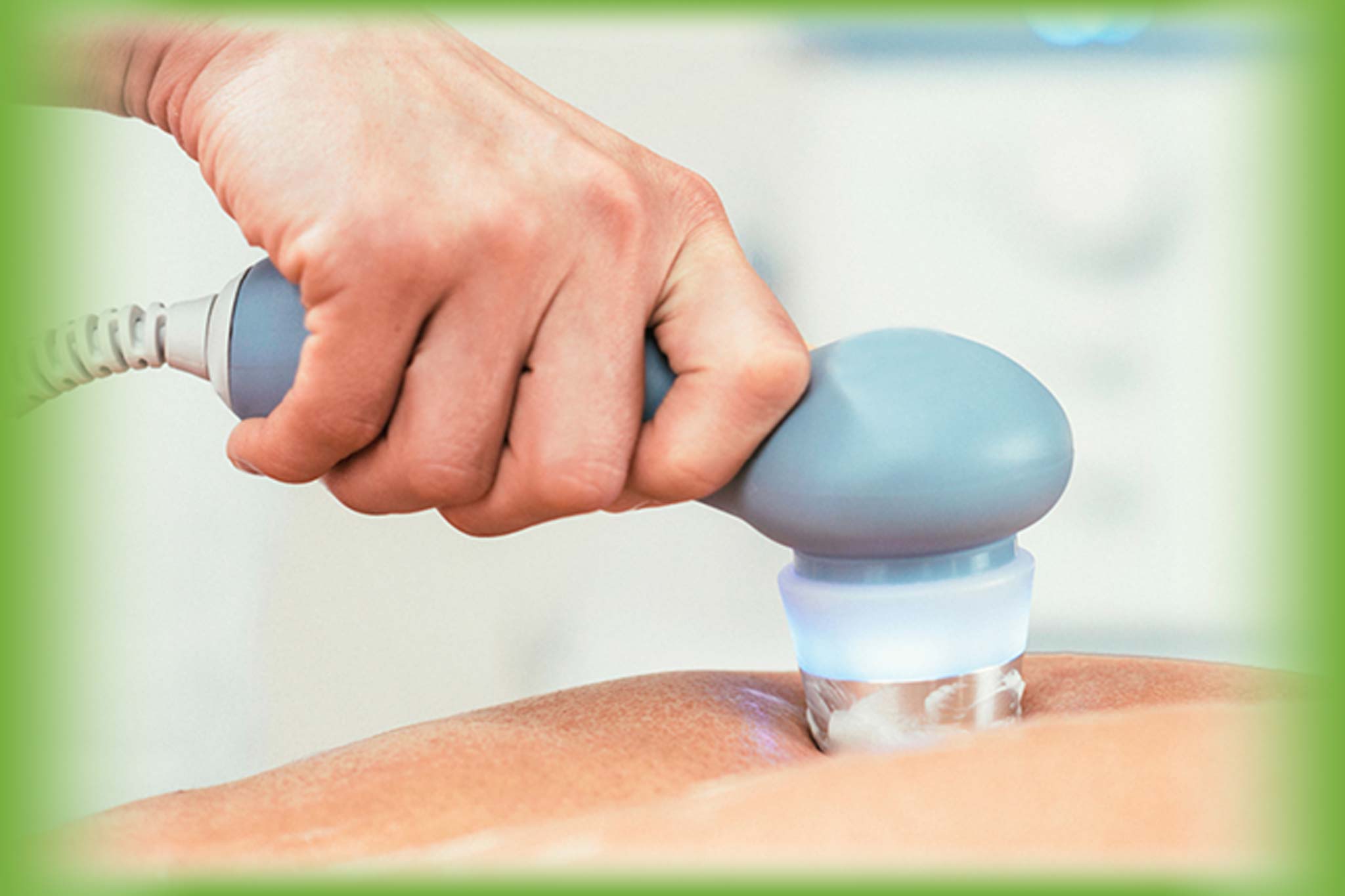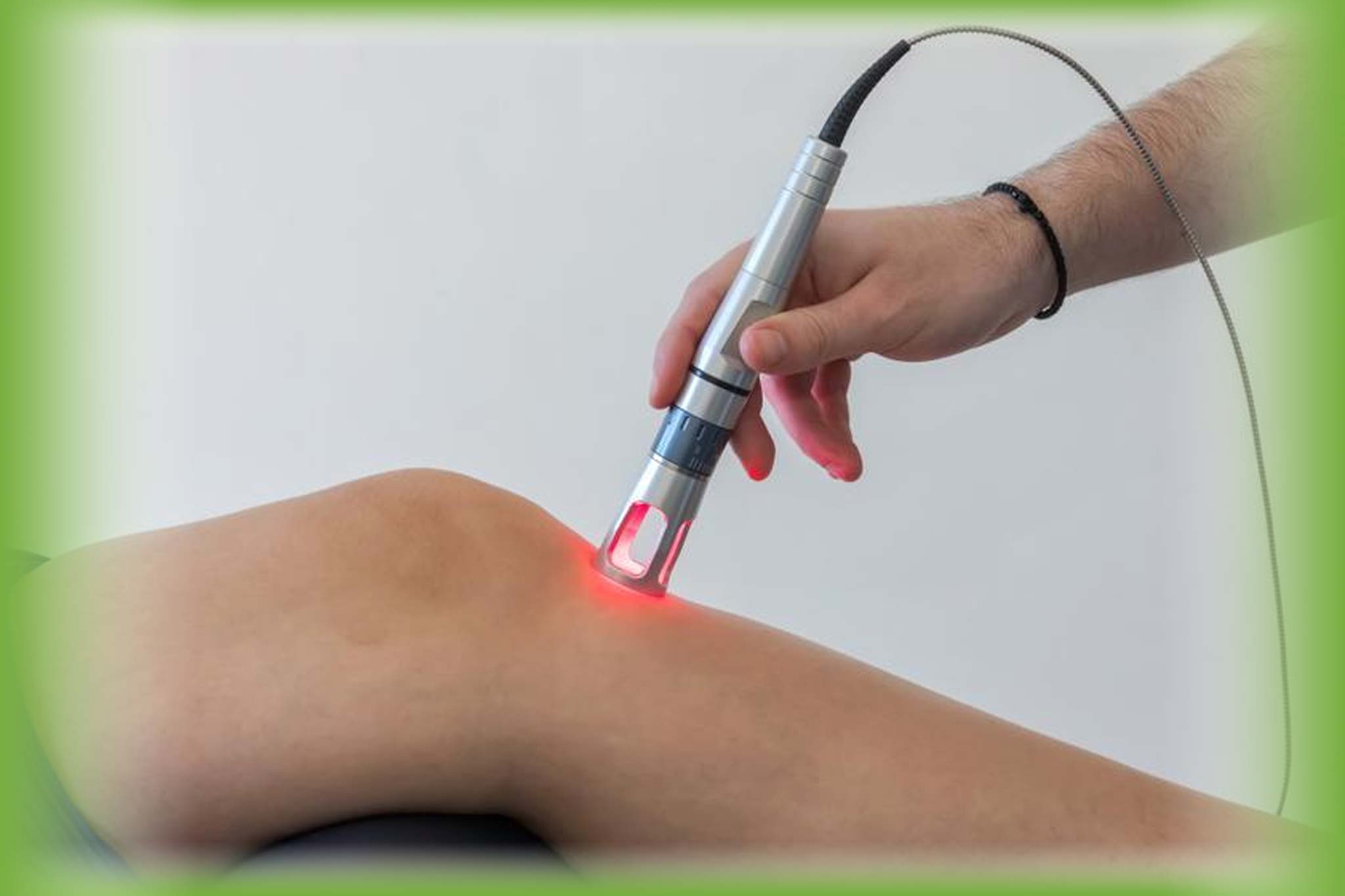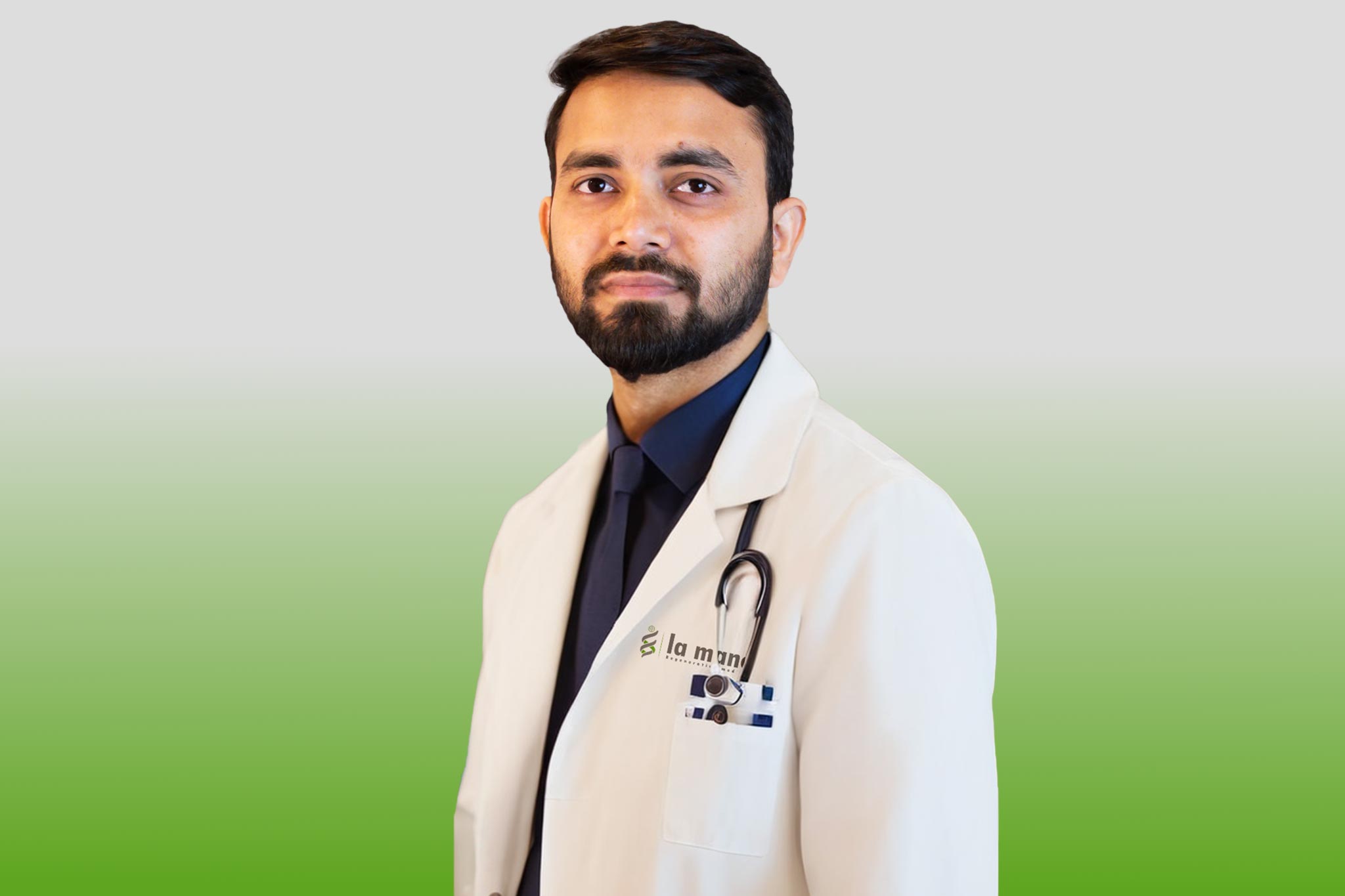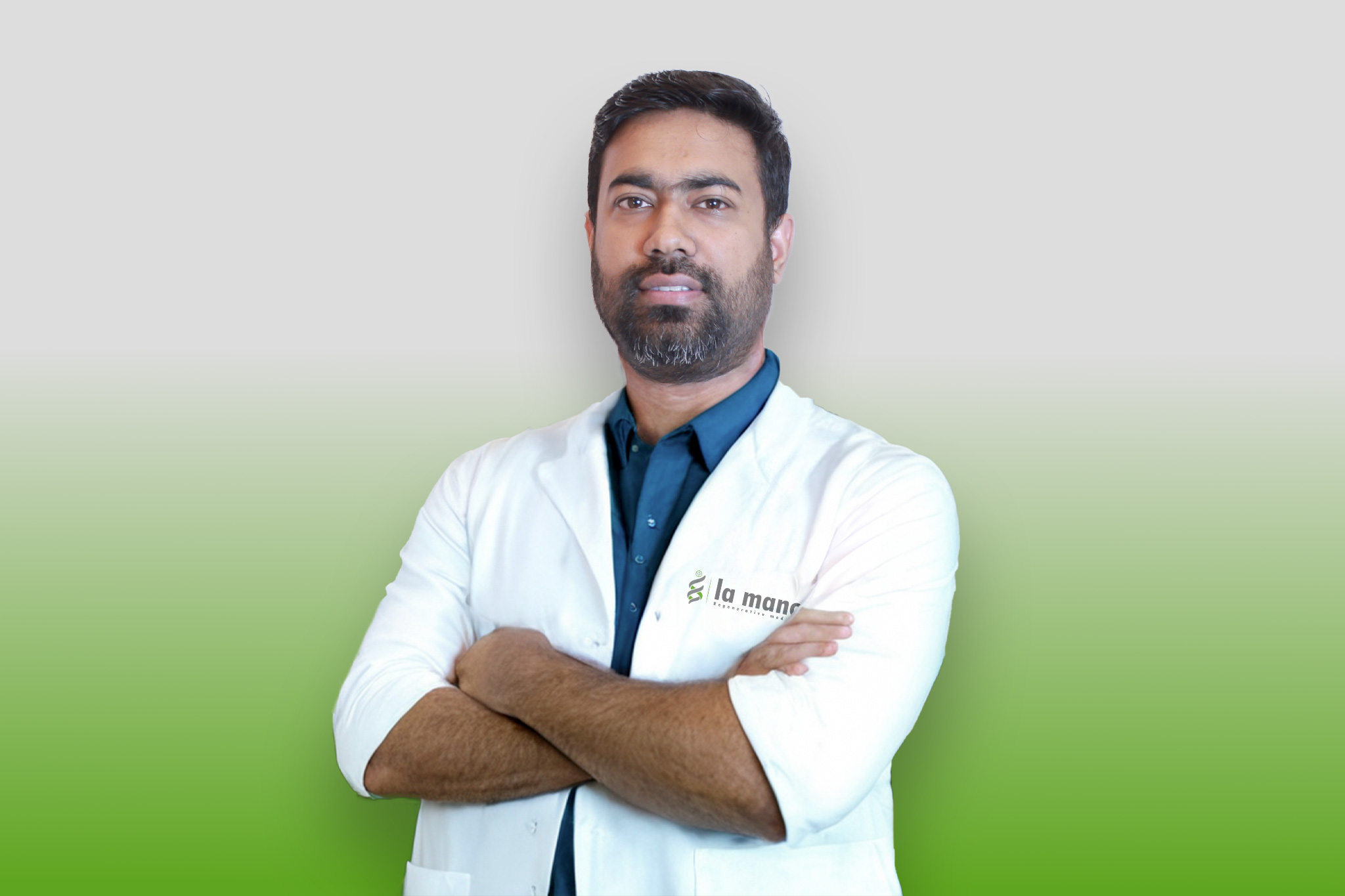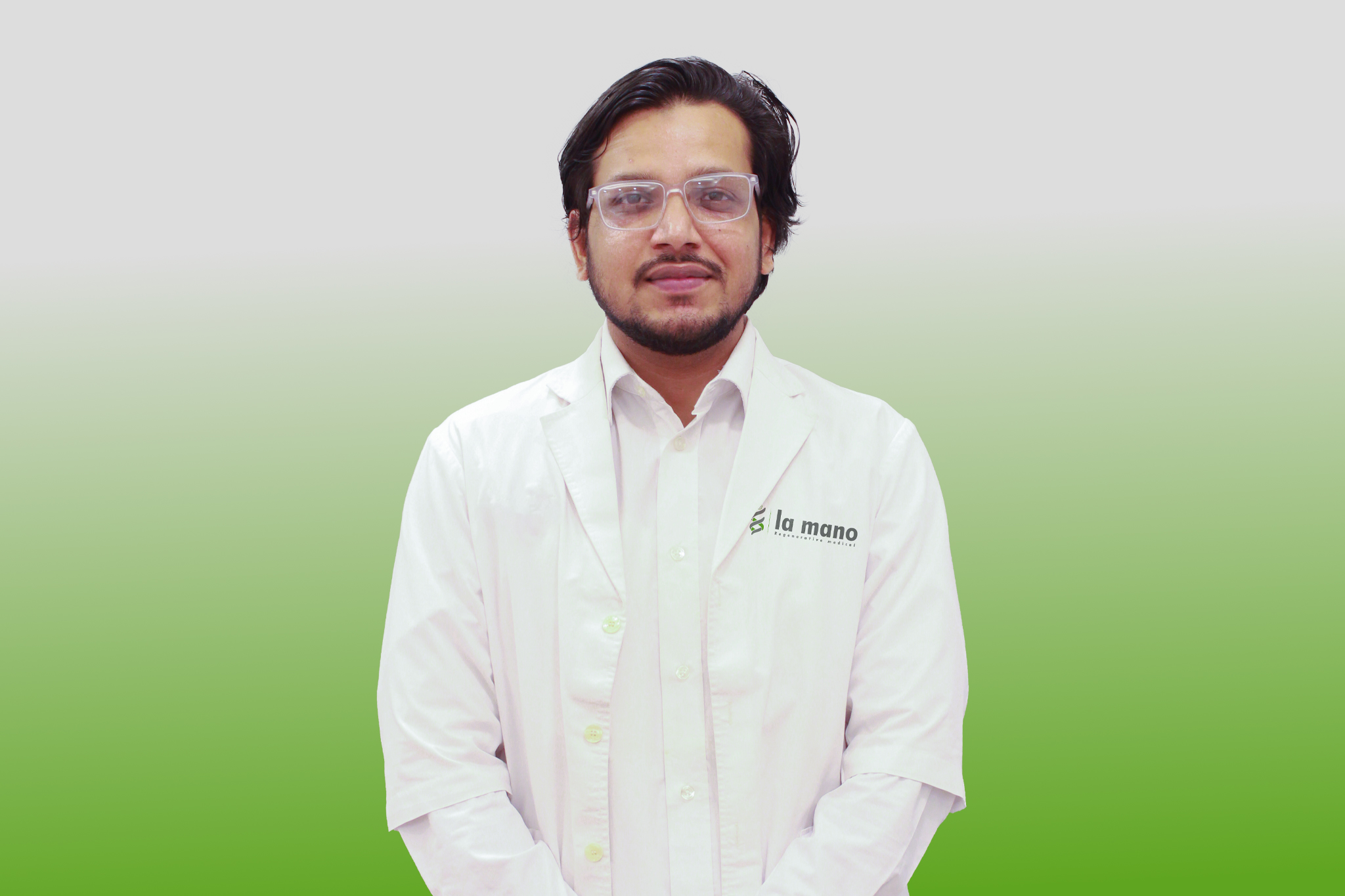ACL (Anterior cruciate ligament injury)
A
ligament injury occurs when the strong bands of tissue that connect bones to
one another, known as ligaments, are stretched, torn, or damaged. These
injuries commonly happen due to sudden movements, intense physical activity, or
accidents. Ligament injuries can vary in severity, from mild strains to
complete tears, and can impact the stability and function of the affected
joint.
Types
of Ligament Injuries:
1.
Sprains
(Grade 1):
Mild stretching or microscopic tears of the ligament fibers, resulting in pain
and minor swelling.
2.
Partial
Tears (Grade 2):
A moderate tear of the ligament that causes significant pain, swelling, and some
joint instability.
3.
Complete
Tears (Grade 3):
A severe injury where the ligament is completely torn, leading to major
instability, pain, and difficulty moving the joint.
Common
areas for ligament injuries include the knee, ankle, and wrist.
Symptoms of a ligament injury may include pain, swelling, bruising, limited
range of motion, and joint instability.
Symptoms of a Ligament Injury
Ligament
injuries can vary in severity, but common symptoms typically include:
1.
Pain – A sharp or aching pain at the
site of the injury, which may worsen with movement or pressure.
2.
Swelling – Swelling around the affected
joint is common, especially in moderate to severe injuries.
3.
Bruising – Discoloration or bruising may
appear around the injured area due to internal bleeding.
4.
Limited
Range of Motion
– Difficulty moving the joint fully, often due to pain or swelling, may occur.
5.
Instability – The joint may feel unstable or
"loose," making it difficult to bear weight or use the affected area.
6.
Tenderness – The injured area may be tender to
the touch, especially when pressure is applied.
7.
Heat – The injured area may feel warm
due to inflammation.
These
symptoms can vary based on the severity of the ligament injury. Mild injuries
may only cause minor discomfort, while more severe injuries can lead to
significant pain and joint instability. If you experience any of these
symptoms, it’s important to seek medical attention to determine the extent of
the injury and receive appropriate treatment.
Benefits of Regenerative Medicine for Ligament Injury
1.
Accelerated
Healing
Regenerative treatments promote faster recovery by stimulating the body's natural
healing processes.
2.
Reduced
Pain and Inflammation
Regenerative therapies help reduce pain and inflammation in the injured area by
targeting the root cause of the injury, rather than just masking the symptoms.
This can lead to long-lasting relief and improved joint function.
3.
Improved
Tissue Repair
Stem cells have the ability to differentiate into various types of tissue,
including cartilage and ligament cells. This can help repair damaged ligament
fibers more effectively and restore strength and flexibility to the affected
area.
4.
Minimized
Risk of Scar Tissue
Regenerative treatments help promote healing that is more aligned with the
natural structure of the ligament, reducing the risk of excessive scar tissue
formation that can impair mobility or lead to future injuries.
5.
Non-Surgical
Option
For many patients, regenerative medicine provides a non-invasive alternative to
surgery. This means less downtime, fewer risks, and a faster return to normal
activities without the need for a lengthy recovery period.
6.
Long-Term
Joint Health
By enhancing the natural healing process and encouraging the regeneration of
damaged tissues, regenerative medicine helps maintain the overall health of the
joint, potentially reducing the risk of future injuries or degeneration.
7.
Personalized
Treatment
Regenerative therapies can be tailored to the specific needs of each patient.
This personalized approach ensures the best chance of success, as treatments
are designed to address the unique aspects of the injury.
Treatment and Regenerative Medicine, At La Mano Regenerative Medical, we are dedicated to providing exceptional care and personalized treatment for all of your health needs. Here's why patients trust us to deliver the best possible outcomes:
1.
Experienced
Professionals
Our team of highly skilled doctors, specialists, and healthcare providers have
years of experience in treating a wide range of injuries and conditions. We bring
expertise, precision, and care to every patient interaction.
2.
Advanced
Treatment Options
We utilize the latest medical technologies and treatments to ensure that you
receive the most effective and up-to-date care. Whether it's regenerative
therapies, minimally invasive procedures, or comprehensive rehabilitation, we
offer cutting-edge solutions tailored to your needs.
